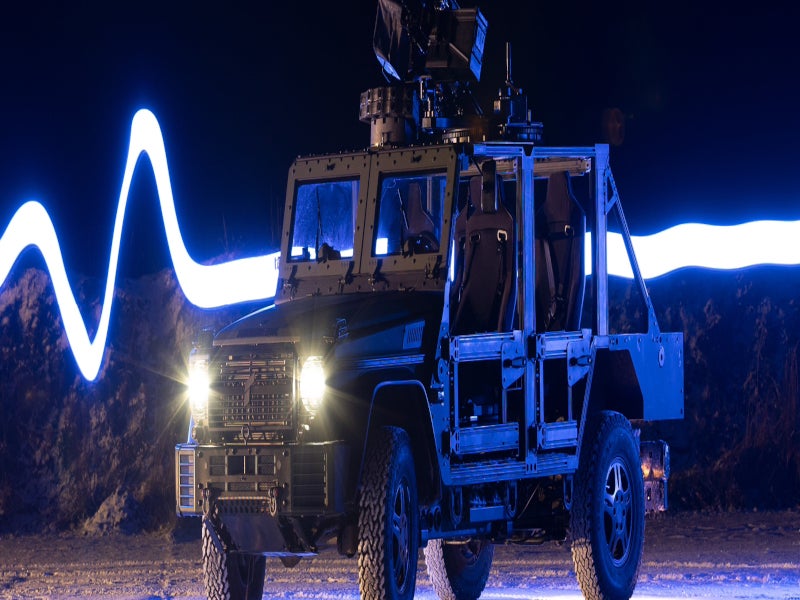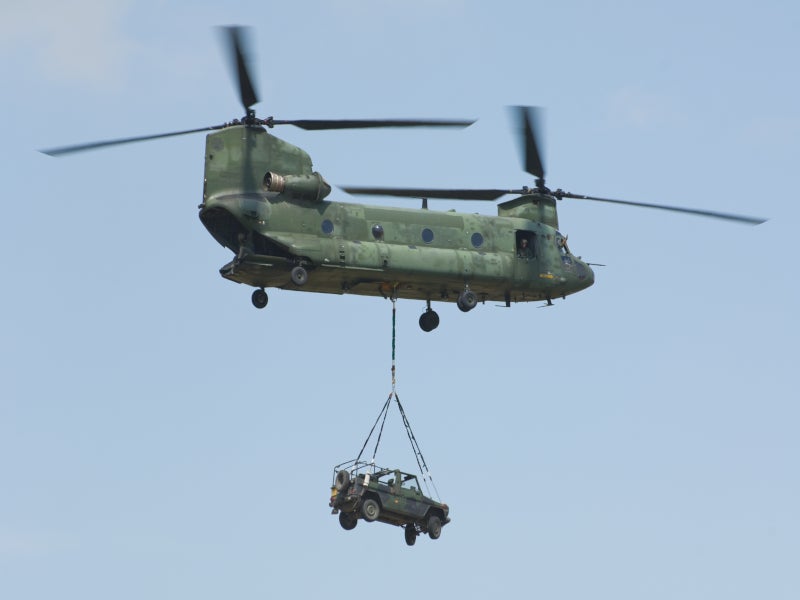Caracal is a 4×4 lightweight airborne vehicle developed by German arms manufacturer Rheinmetall in partnership with Mercedes-Benz and Armoured Car Systems (ACS).
The vehicle was unveiled at the Eurosatory 2022 trade fair held in Paris in June 2022.
Rheinmetall will supply up to 3,058 Caracal airmobile platforms, including 2,054 for the German Army and 1,004 for the Dutch Army, under a multiyear framework contract worth €1.9bn ($2.1bn) awarded in July 2023.
The first trial models of the vehicle are expected to be delivered in the first quarter of 2024, with full-scale series production starting in early 2025.
The bilateral procurement project is intended to meet the shared requirements of airmobile formations and special operations forces of Germany and the Netherlands. As part of the project, Rheinmetall will assemble vehicles for both the countries in Ede and Eindhoven in the Netherlands.
Based on the latest Mercedes-Benz G-class chassis, the high-performance compact vehicle platform is designed to perform diverse roles in airborne operations, ranging from simple troop transport, rescue and ambulance applications to special combat and logistic applications.
Caracal airborne vehicle design details
Caracal is a compact, versatile and highly mobile 4×4 all-wheel-drive vehicle with a unique lightweight and modular superstructure offered by ACS. The lightweight superstructure makes the vehicle suitable for air transport in the cargo hold or as an external load by helicopters.
The vehicle is based on the latest generation military off-the-shelf G-class 464 series chassis from Mercedes-Benz to ensure a proven, technically mature platform providing critical logistic support to armed forces throughout the 20-year service life of the vehicle. The advanced G-class chassis will also ensure maximum mobility even under the most challenging conditions.
The Caracal air assault vehicle measures up to 4.7m long, 1.8m wide and 1.85m high. It has a gross weight of 4,900kg and an air-transportable weight of up to 4,400kg.
The payload capacity of the vehicle is up to 2,000kg.
Caracal airmobile vehicle features
Caracal is air-transportable as an internal or underslung load by the CH-47F Chinook and CH-53K King Stallion heavy transport helicopters.
The lightweight and compact design of the Caracal airmobile platform will allow the helicopters to airlift two such vehicles each.
The vehicle features optionally mountable ballistic protection and mine protection elements. It can be integrated with standard infantry weapons and anti-tank guided missile (ATGM) weapons on a ring mount.
The Caracal military vehicle will use computerised safety technologies such as anti-lock braking systems and electronic stability programmes that are present in most modern cars.
Engine and performance
The vehicle is powered by a Mercedes-Benz six-cylinder Euro III diesel engine with an output of 183kW (249hp) and a torque of 600Nm from 1,400rpm to 2,800rpm.
It will also use the New Automatic Gearbox Generation Three (NAG3) 9G-Tronic nine-speed automatic transmission control module provided by Mercedes-Benz.
The Caracal air assault vehicle can travel at a maximum speed of 130km/h on the road. It can negotiate gradients of 60% and side slopes of 30% with a climbing ability of 0.33m.
The vehicle can cross trenches of 0.5m and ford 0.7m-deep water.
Caracal variants
Caracal is expected to be available in different variants based on specific roles in airborne operations, ranging from personnel transport, reconnaissance, ambulance and command post applications to combat engineer group and material transport applications.






